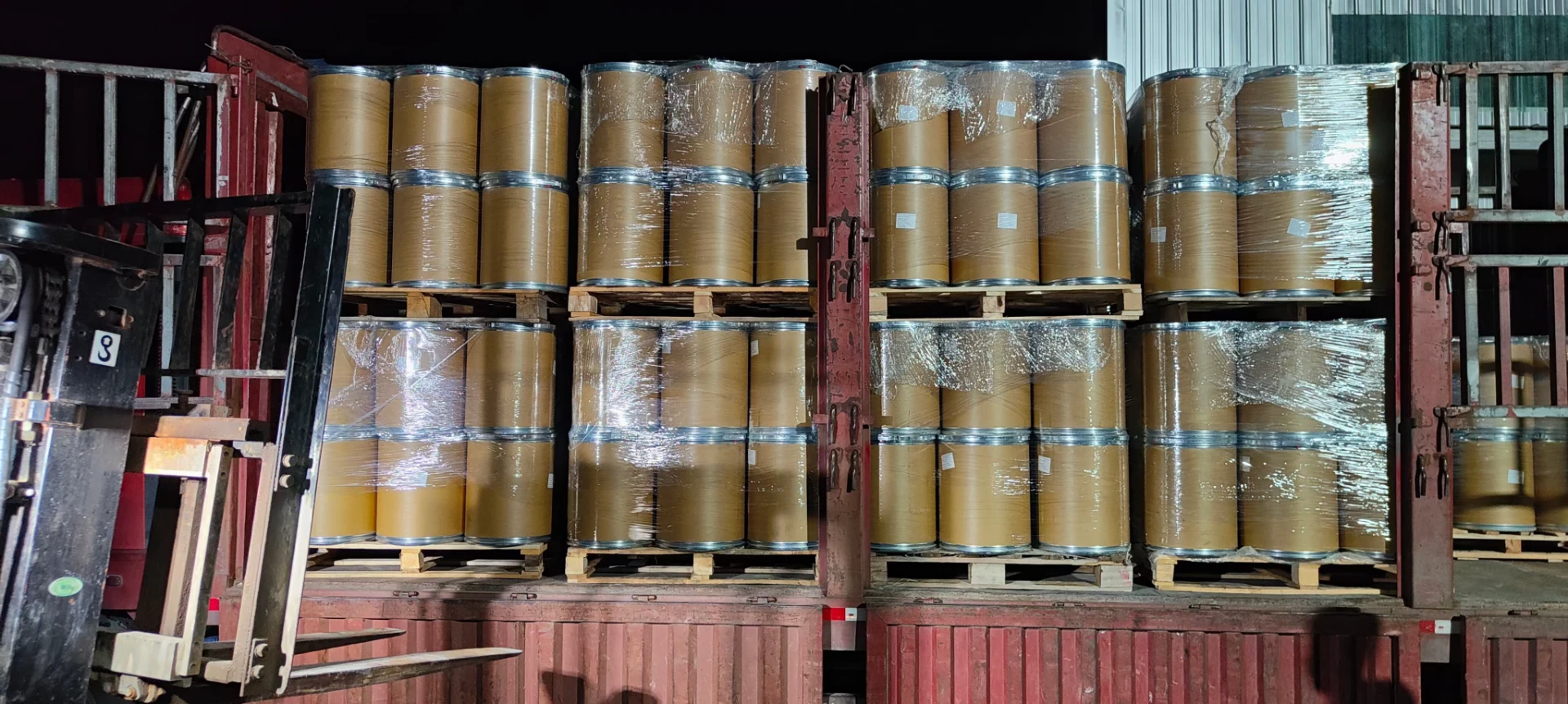The Role of PAM Flocculants in Water Treatment
In recent years, the increasing demand for clean water has placed significant pressure on water treatment processes. The need for efficient and effective treatment methods has led to the development and utilization of various chemicals, among which Polyacrylamide (PAM) flocculants have emerged as a vital tool. This article explores the importance of PAM flocculants in water treatment, their mechanisms of action, and their advantages over traditional methods.
Polyacrylamide is a water-soluble polymer made from acrylamide monomers. PAM flocculants are widely used in water treatment applications due to their ability to aggregate suspended particles into larger flocs, which can then be easily removed from water. The primary mechanism behind this flocculation process is the bridging action of PAM molecules. When added to water, PAM chains attach themselves to the surface of suspended particles, creating a network of connections that promote clumping.
The Role of PAM Flocculants in Water Treatment
Environmental considerations are paramount in today’s water management strategies. PAM flocculants are generally considered to be a safer alternative to traditional chemical coagulants, such as aluminum sulfate or ferric chloride, which can leave harmful residues. Additionally, when PAM is used appropriately, it degrades into harmless byproducts, thereby reducing the environmental impact associated with water treatment.
pam flocculant

Another significant benefit of PAM flocculants is their versatility. They come in various formulations, allowing for tailored applications depending on the specific needs of the treatment process. For instance, cationic PAM flocculants can be used effectively in the treatment of negatively charged particles, while anionic PAM flocculants can be utilized for positively charged particles. This adaptability enhances their efficiency across different industries, including municipal water treatment, agriculture, and even oil recovery.
The economic advantages of utilizing PAM flocculants are also noteworthy. The reduction in operational costs due to shorter treatment times, combined with the decrease in equipment wear caused by less abrasive materials, make PAM an attractive option for many facilities. Additionally, the potential for reduced chemical consumption means savings for businesses in the long-term.
However, it is essential to handle PAM flocculants with care. The acrylamide monomer, from which PAM is derived, is a toxic substance and potential neurotoxin. This highlights the necessity for proper handling and usage guidelines to ensure safety in water treatment operations.
In conclusion, PAM flocculants play a crucial role in modern water treatment processes. With their ability to effectively flocculate suspended particles, their environmental benefits, and their economic advantages, PAM presents a powerful tool for addressing the growing challenges related to water quality. As research continues and technologies evolve, the application of PAM flocculants is likely to expand, paving the way for cleaner and safer water management practices worldwide. The integration of PAM into water treatment processes signals a significant step forward in ensuring sustainability and efficiency in our pursuit of clean water resources.

